Cancer is a catabolic disease with inflammatory behavior along with complicated metabolic repercussions, making it a challenge to feed and nourish patients adequately. The nutrition care process should start at the time of diagnosis, well in time. Clnical Nutrition has been considered as an adjunct therapy in cancer treatment. As a key healthcare professional, it is of primary importance to correct nuritional deficiencies and prevent cancer cachexia. After the sucess of first edition, second edition with more information on the latest nurition developments in the scientific arena was very much needed. This book addresses the role of nurition in cencer, various trending diets on social media, dietary myths & facts as well as provides evidence-based recommendations for patients on treatment and for survivors. The book entails viewpoints of qualified nutrition professionals from both, old & new schools of thought hence covering a variety of oncological aspects. It provides pratical knowledge of nutition care in oncological patients to reduce morbidity, mortality and improve quality of life. It will also help young nutrition professionals to follow a standard protocol for nutrition management in oncological patients.
| Categories: | All, distributed, Internal Medicine |
|---|
| Weight | 500 kg |
|---|
Related products
-
Case Book of Infectious Diseases
₹1,250.00This case book of infectious diseases brings to you the excitement of that unusual element of patient history,the crucial physical sign,the key investigation report or that microscopic image which links all the clinical features of the case & brings home the diagnosis.It emphasizes the myriad factors that decide which treatment is most appropriate for the patient.It highlights the close dialogue between clinicians and microbiologists as they partner to do the best for the patient . It conveys the sense of fulfillment when the sickest person turns the corner and returns for follow-up ,alive and well .It underscores the fact that infectious diseases ar eamng those ailments that can actually be prevented or cured
-
EEG Simplified
₹1,255.00EEG Simplified is an interesting and informative book, it has been written in simple english and discusses various aspects of electrophysiology with clarity. Beginning with basic recording concepts of EEG and the descriptions of normal EEG, the authors take us through artifacts, a very important chapter and then discuss electroencephalographic abnormalities seen in variety of neurological disorders. This kind of book on clinical neurophysiology is extremely useful for day to day clinical practice.
-
Case Book of Invasive Fungal Infections
₹2,250.00The case book presents real cases and alternatives that confront the clinician during management. The format maintained is based on multiple choice. The difference between the most appropriate diagnostic and therapeutic approach and its closet alternative is wide.The discussion is adapted from standard resources and some references are also made to abstracts and lecturers at IDSA, ECCMID and other meetings.
-
Dermatological Diseases A Practical Approach 3/Ed. – Revised & Updated
₹1,595.00Dermatology has grown much since the release of the second edition, with several advances in different fields suchh as lasers, biologics, drug therapy, dermoscopy. But the most notable change has been the change in profile, with emphasis on procedural dermatology and visibility on social media. The new 3 rd Edition reflects these changes and is therefore a thoroughly revised edition. Several new images have been added to make it more illustrative. However, the emphasis on clarity in a reader- friendly manner. Therefore the emphasis on text boxes, schematic diagrams, and flow charts continues. A new addition is the list of suggested reading, MCQs and case reports for each chapter. The Following quote form previous edition is still relevant: Writing of a book is like sawing a saw- it sharpens the mind and freshens the knowledge and is thus a process that gives immense satisfaction and joy. This satisfaction and joy will be greater if the readers too find it a valuable tool to enhance their knowledge.
-
Current Progress In Nephrology Volume 3
₹1,995.00In the third volume of Current Progress in Nephrology, recent advances in different areas of kidney disease have been authored by eminent clinicians. The first few chapters discuss the genetics of renal development, regenerative medicine in relation to kidney, molecular diagnostics. Newer diagnostic modalities like functional magnetic resonance imaging, point of care ultrasonography and electron microscopy of organised deposits in kidney diseases are discussed in the subsequent 3 chapters. Diagnosing and managing difficult conditions of chronic kidney disease like, hepatorenal syndrome, pregnancy related renal problems, and scleroderma crisis are discussed in appropriate chapters. Anaemia, usually associated with CKD, is a significant cause of left ventricular hypertrophy and cardiovascular disease. The guidelines for correcting anaemia with iron supplementation and erythropoietin stimulating agents are provided in an appropriate chapter. Autosomal dominant rubulointerstitial kidney disease, a frequent cause of progressive CKD often remains an underdiagnosed condition and has been highlighted in one nice review. Understanding another a rare condition, thrombotic miocroangiopathy is important since it may lead to endstage renal disease or death, if not identified and appropriately treated in time.
-
CASEBOOK OF COVID – 19
₹1,495.00COVID -19 is new disease caused by SARS-CoV-2, a novel virus that emerged at the end of 2019. It is truly remarkable how the virus spread all over the world creating a devastating effect or non-infectious, to the background . There is no medical conversation or conference without reference to it. While the optimal ways to diagnose and manage this disease are being studied with ‘feverish’ pace, controversies spring up almost daily. This has understandably put the treating physicians in a state of confusion, which is matched only by the complexity of the entire illness. We present here a Casebook of COVID – 19, where actual cases seen at different medical centers are discussed along with brief chapters on various aspects of this disease. They have been contributed by clinicians who have been at some time associated with the editors or with the PD Hinduja Hospital. We do hope this book will be of great interest to the practicing clinicians, microbiologists, hospital administrators and public health professionals.
-
Current Progress in Orthopedics Volume 1
₹1,500.00The book disseminates orthopedic knowledge and shares the experience and skill of the best orthopedic surgeons from around the world. The aim of the book with almost 60 contributing authors which covers the subjects from Pediatric Orthopedics to Arthroplasty for the Aging Population and from Cartilage Repair to Open Fracture and Spine Surgery.
-
John Studd’s Current Progress in Obstetrics and Gynaecology Volume 7
₹1,225.00In Contemporary Obstetrics and Gynaecology, what new trends have evolved, what new advancements have been made, what new technologies have been developed, what new challenges do we face? Current Progress in Obstetrics and Gynaecology will continually answer those questions for you. Volume 7 comprises several topics at the cutting edge of contemporary Obstetrics and Gynecology. First, this volume starts with applications of artificial intelligence (AI) in reproduction medicine and how AI may lead to paradigm shift in this field. Another paradigm – changing topic involves population genetic screening for individualized preventative medicine. This volume addresses a spectrum of gynecologic topics, from dyslipidemia in pregnancy, obesity and reproduction, modern concepts of managing climacteric and menopause, treatment options for overactive bladder and the use of mesh treatment for urogynaecology. There are also chapters dealing with prevention and management of gynaecologic cancers such as those of the cervix and the endometrium. This volume updates new advancement and pratice in obstetric and gynaecological techniques, such as cervical cerlage in modern obsteric practice, routine third trimester scan for the detection of foetal anomalies and now to reduce complications in laparoscopic surgery. Last but not least, this volume addresses third gender gynaecology, the obstetric and gynaecologic care for transgender patients and the increasing use of cosmatic gynaecology in recent years. The editors are grateful to all the authors who have given their expertise and enabled this volume to improve the care of obstetric and gynaecologic patients throughout the world.

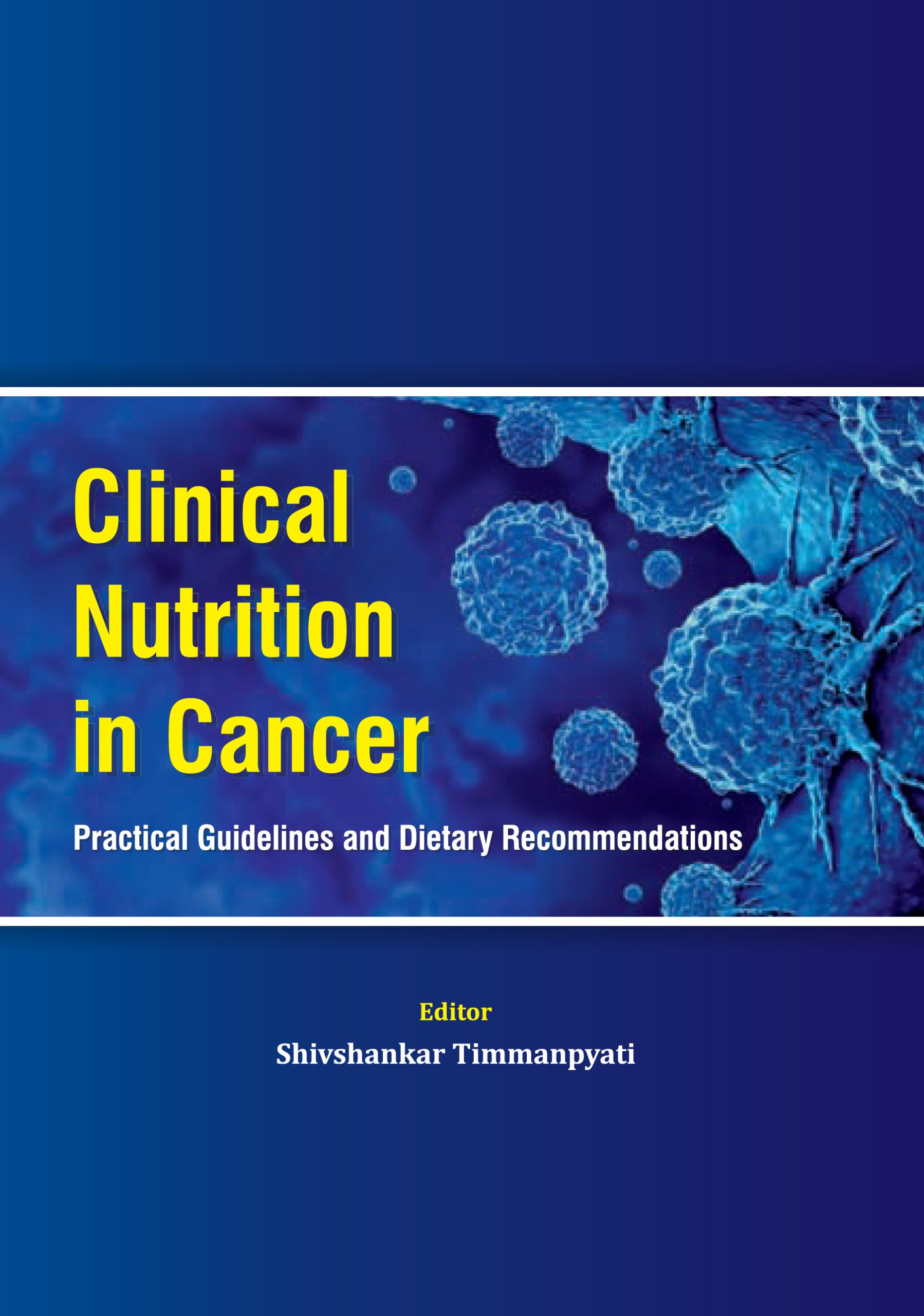



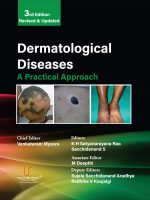
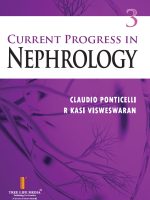
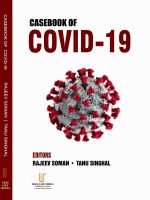
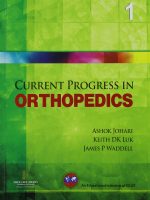

Be the first to review “Clinical Nutrition in Cancer – Second Edition”